Free Keyword Density Checker Tool
SEO tool analyzing on-page content to calculate keyword/phrase usage rates, helping optimize page copy for relevant search engine ranking signals.


SEO tool analyzing on-page content to calculate keyword/phrase usage rates, helping optimize page copy for relevant search engine ranking signals.


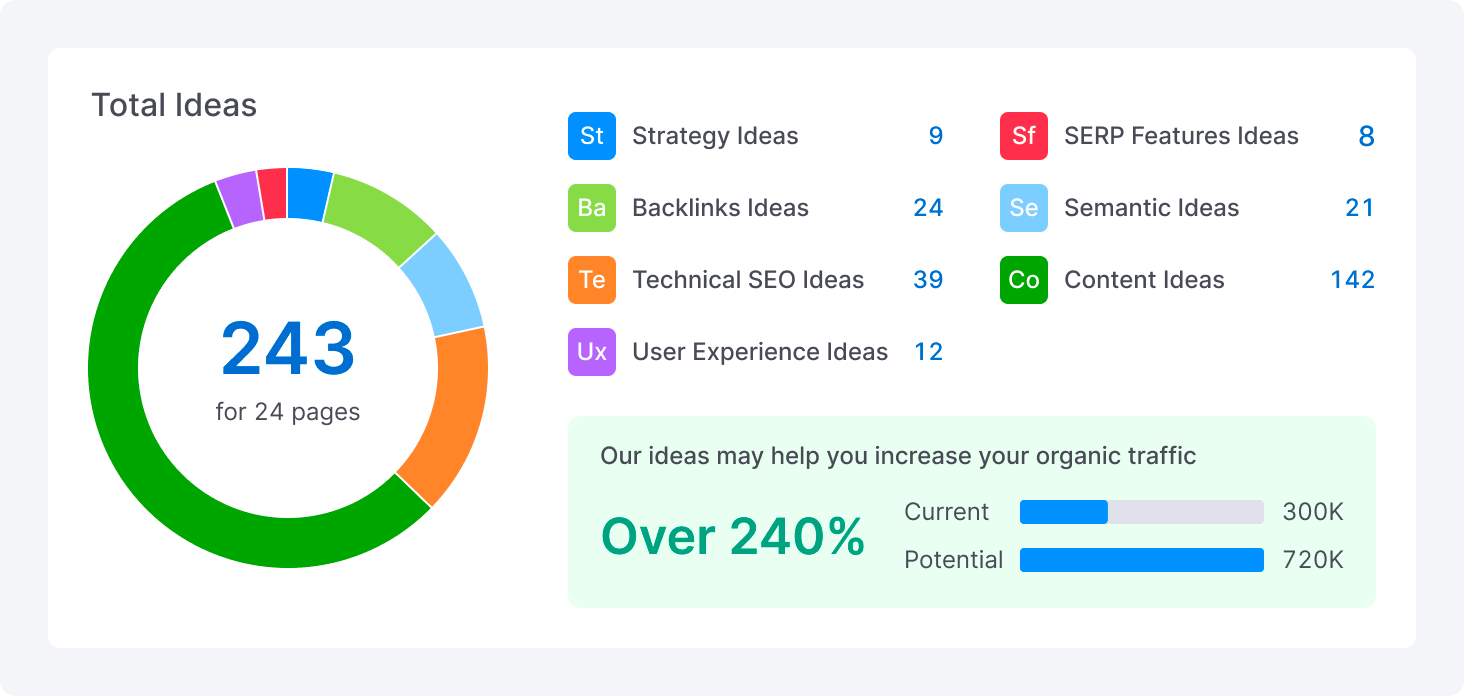

Years Of Experiences
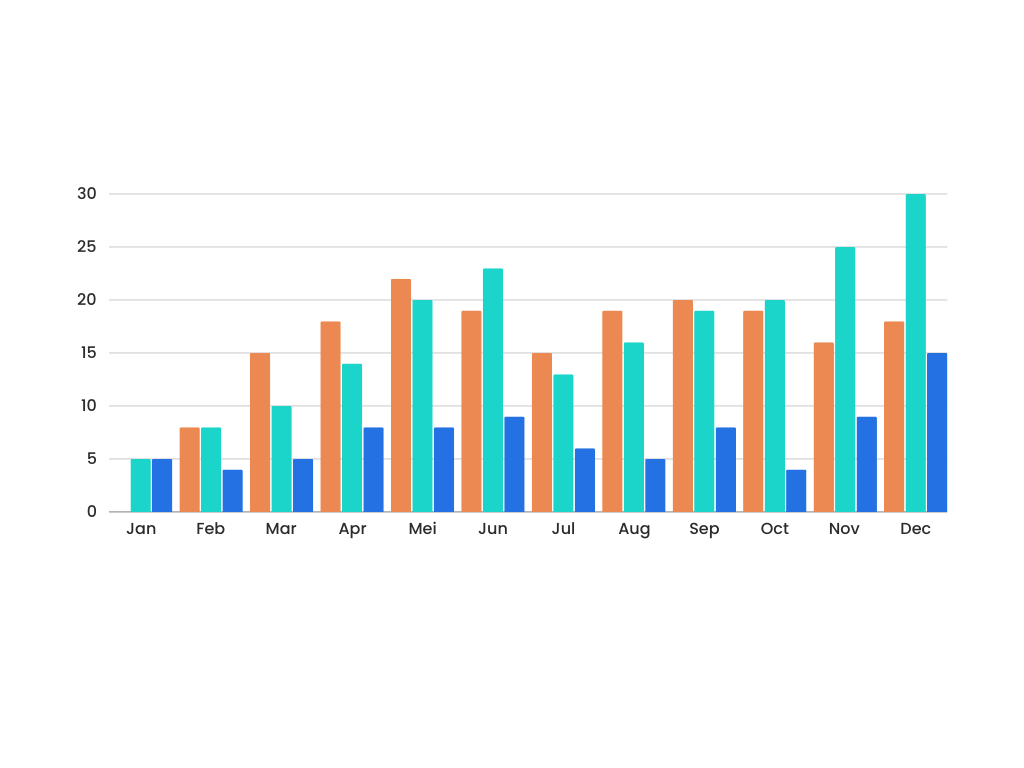
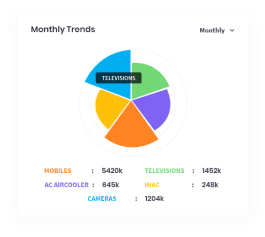



Trusted Clients
Discover a range of powerful AI and SEO tools meticulously crafted to enhance your marketing endeavors. Explore innovative features designed to boost your online presence and drive tangible results, all at no cost to you
 Bing SERP Checker
Bing SERP Checker
 Google SERP Checker
Google SERP Checker
 Keyword Generator
Keyword Generator
 Competitor Analysis
Competitor Analysis
 Keyword Research
Keyword Research
 AI Content Detector
AI Content Detector
 Word Counter Tool
Word Counter Tool

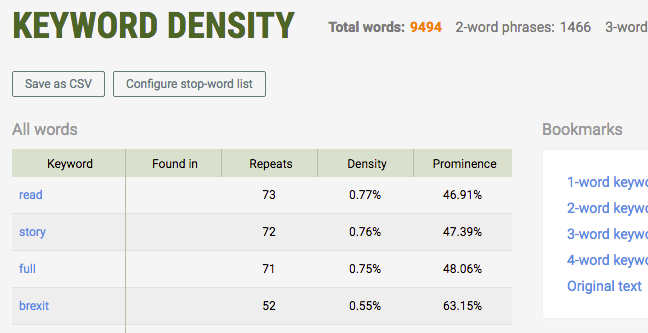
Are you looking to optimize your website’s content for better search engine rankings? One important factor to consider is keyword density – the frequency with which your target keywords appear in your content. While it’s crucial to include relevant keywords, overusing them can be seen as keyword stuffing by search engines and actually hurt your rankings. So how do you strike the right balance? That’s where keyword density checker tools come in handy.
In this comprehensive guide, we’ll dive deep into everything you need to know about these essential SEO tools. We’ll cover what keyword density is, why it matters, how to measure it, and most importantly, how to use keyword density checkers to take your content optimization to the next level. By the end, you’ll be equipped with actionable tips and insights to improve your website’s visibility and organic traffic. Let’s get started!

Before we explore the tools, let’s make sure we’re clear on the concept of keyword density itself. Simply put, keyword density refers to how often a particular keyword or phrase appears within the content of a webpage, expressed as a percentage.
For example, if a page has 1000 words total and the keyword “fitness tracker” appears 10 times, the density for that keyword would be 1% (10/1000 = 0.01 or 1%).
While there’s no universally agreed upon “perfect” keyword density percentage, most SEO experts recommend aiming for around 1-2% for your primary keyword. Going much higher risks being flagged for keyword stuffing.
However, it’s not just about the main keyword. You also want to include LSI keywords (latent semantic indexing), which are related terms and phrases that help establish the context and relevancy of your content for search engines. A good keyword density tool will analyze these as well.

Now that we know what keyword density is, you might be wondering why it’s so important to measure and optimize it. There are a few key reasons:
Relevance signals to search engines: By including your target keyword and related terms at a natural frequency, you help Google and other search engines understand what your page is about and when to surface it in relevant searches.
Avoids keyword stuffing penalties: On the flip side, jamming your keyword in unnaturally high doses throughout your content is a big red flag for search engines. Known as keyword stuffing, this black hat SEO tactic can get your site penalized and cause your rankings to tank.
Improves user experience: Believe it or not, keyword density isn’t just about appeasing the algorithm gods. Using keywords smartly and in context also makes for better readability and user experience. If your content sounds spammy and repetitive to human readers, they’re likely to bounce quickly, which also hurts your SEO.
Keeps you on track: Aiming for a certain keyword density range helps you stay focused on utilizing your target keyword and related terms sufficiently as you write the copy. It’s easy to get off track or forget to include the key phrases enough, and density tracking keeps you accountable.
Competitive analysis: Keyword density checker tools can also be used to analyze the top ranking pages for your target keyword. By seeing how often they use the keyword and related terms, you can gauge what density range is working well and adjust your own content accordingly.
So in summary, tracking and optimizing keyword density is key for both establishing relevancy and avoiding over-optimization in the eyes of search engines, as well as creating readable, useful content for actual human visitors.

If keyword density is so important, how do you actually measure it? That’s where keyword density checker tools come into play. These are typically web-based tools where you can input a target keyword and URL, and receive a report showing the density percentages for that keyword and related terms.
While the exact metrics and features vary between tools, a good keyword density checker will show you data points like:
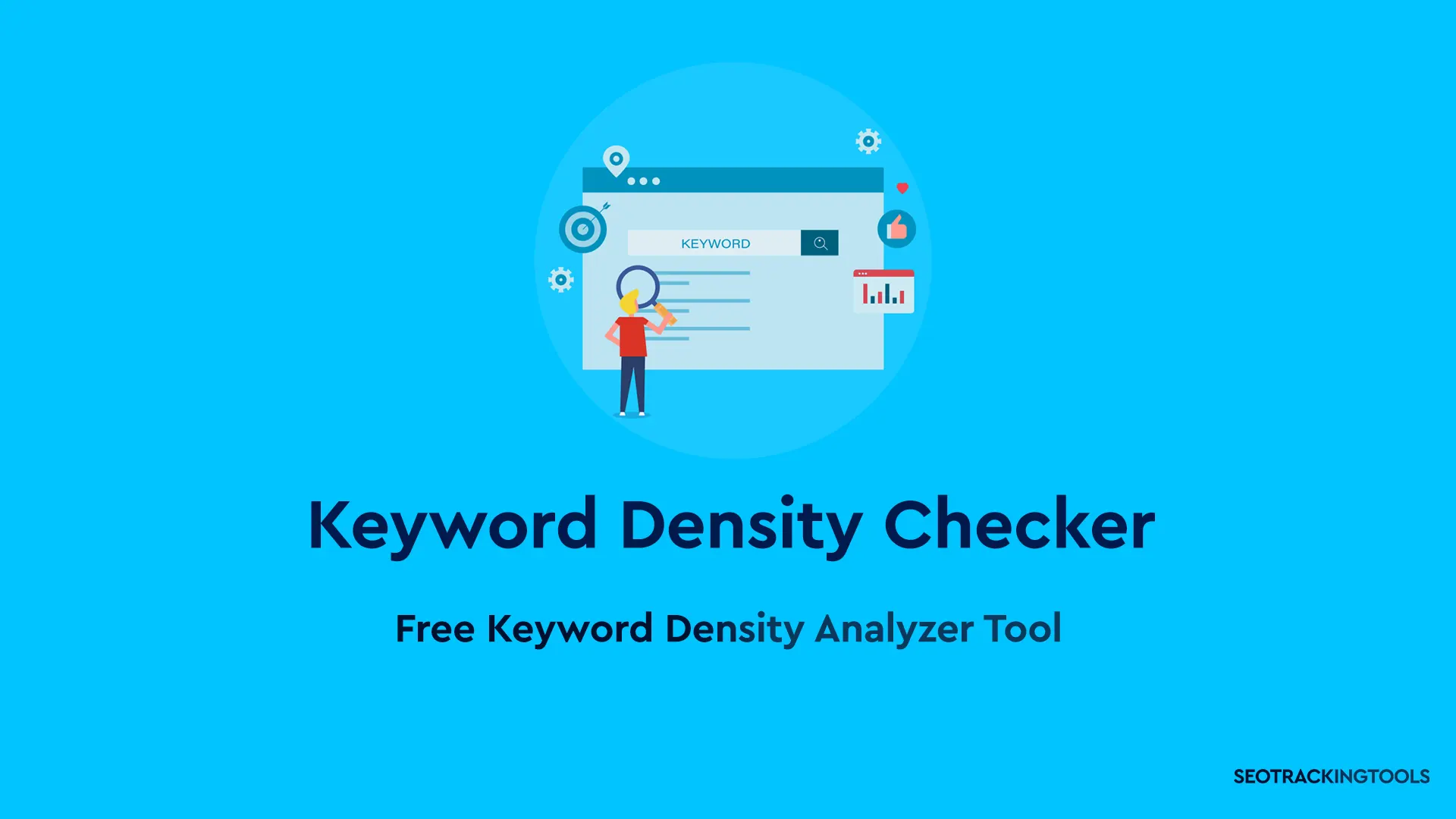
So in a nutshell, you’ll copy and paste your webpage URL and target keyword into the density checker tool, and receive a wealth of data on how frequently and in what ways the keywords are used within the on-page content.
Many of these tools are free to use for basic analysis, with more robust features or higher limits on the number of daily searches available for a fee.
Now that we understand what keyword density checkers do and why they’re valuable, let’s look at some of the top tools available.
We’ve tested and ranked these tools based on their ease of use, depth of data and features, and overall utility for content optimization. Here are our top picks:
Upgrade option for unlimited searches and additional features
SEOBook Keyword Density Analyzer
Free to use with no daily search limits
Small SEO Tools Keyword Density Checker
Provides 2 free searches per day, upgrade for unlimited
Internet Marketing Ninjas Keyword Density Tool
Free and unlimited searches with registration
Here’s a quick comparison table of these top 5 tools:
| Tool | # of Words Analyzed | Shows Frequency | LSI Suggestions | Free Daily Searches |
|---|---|---|---|---|
| SEO Review Tools | 1, 2, 3, 4 | Yes | Yes | 25 |
| SEOBook | 1, 2, 3, 4 | Yes | Yes | Unlimited |
| Small SEO Tools | 1, 2, 3, 4 | Yes | No | 2 |
| IM Ninjas | 1, 2, 3 | Yes | No | Unlimited* |
| KeywordDensity.com | 1, 2, 3 | Yes | Yes | Unlimited |
*Requires free registration
Of course, there are many other keyword density tools out there, both free and paid. Some are standalone tools like the ones listed above, while others are built into larger SEO software suites. The ones included here offer a good mix of robust data, ease of use, and generosity on the free search limits, making them great options for content marketers and SEO beginners to check out.

So you’ve got your handy keyword density tool locked and loaded. Now what? Here are some best practices to keep in mind when using these checkers to optimize your content:
As mentioned before, most SEOs agree that a keyword density in the 1-2% range is a good sweet spot to aim for. This is enough to signal to search engines what the page is about and make it feel natural to readers, without venturing into keyword stuffing territory. Of course, this isn’t a hard and fast rule, but a good general guideline.
Latent semantic indexing (LSI) keywords are the synonyms and related terms to your primary keyword. Incorporating these not only helps avoid repetitiveness by using the exact same phrase over and over, but also strengthens the relevancy signals. Use the keyword density tool suggestions or your own knowledge of the topic to work these natural-sounding variations into your content.
If your tool shows your target keyword density is way over about 2.5% or it’s appearing unnaturally frequently to you as you read through the content, it’s likely over-optimized. Try to cut back on the usage a bit, focusing on keeping the most impactful placements like the title, headings, and opening and closing paragraphs.
Keyword density tools provide the data, but there’s no replacement for the human gut check. Read your content out loud and notice if the keyword usage sounds stilted, forced, or just plain weird. If so, dial it back. The goal is natural, conversational content that just happens to be well-optimized, not the other way around.
At the end of the day, the quality of your content matters way more than the precise keyword percentages. Don’t get so caught up in the data that you lose sight of creating genuinely valuable, awesome content that people will want to read and share. Keywords are important, but they’re not the end-all be-all.
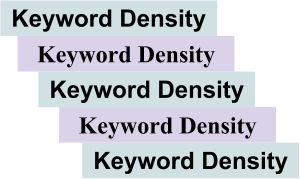
Let’s look at a couple examples of what good keyword density optimization looks like in practice.
Say you’re writing a lengthy blog post reviewing the best fitness trackers on the market. You’d want to make sure to include the exact phrase “best fitness trackers” as well as variations like:
By working those in naturally throughout the article, you’re covering multiple relevant keywords while keeping the content from feeling repetitive. Here’s what a snippet might look like with SEO-friendly density:
“When researching the best fitness trackers, there are many factors to consider. Our team tested over a dozen of the top fitness trackers on the market to bring you these in-depth fitness tracker reviews. Whether you’re comparing fitness trackers based on price, features, or battery life, this guide has you covered. Read on for our picks for the best activity tracking devices you can buy.”
Now imagine you’re optimizing a product category page for blenders on an ecommerce site. The target keyword would be simply “blenders”, and you’d want to include related terms like:
A keyword-optimized intro paragraph for this page could read:
“Browse our selection of powerful blenders for all your food prep needs. From high-powered smoothie blenders to versatile food processor blenders, we’ve got you covered. Our countertop blenders are perfect for whipping up soups, sauces, nut butters, and more. We also carry handy immersion blenders for blending right in the pot. Whatever your blending needs, you’ll find the perfect appliance in our curated collection of the best blenders on the market.”
In both of these examples, the target keyword and LSI terms are included frequently enough to be picked up by search engines, but not so much that it sounds forced or disruptive to the reader. The key is weaving them in organically. Keyword density tools give you the data and guidelines to ensure you’re hitting the important terms at the right frequency.

Keyword density checkers aren’t just useful for optimizing your own site’s content. You can also leverage them for competitive analysis to inform your own strategy.
By plugging your competitors’ URLs for the keyword you’re targeting into the density checker, you can see what density range they’re aiming for and which related keywords they’re incorporating well.
For example, say you’re trying to rank for “project management software”. You might analyze the keyword densities of the current top 5 ranking pages to get a sense of how they’ve optimized.
You may find they’re all hovering around a 1.5% density for that exact keyword and frequently using terms like:
Insights like these can help guide your own optimization by giving you a data-driven starting point and ideas for supporting keywords to include. Of course, you don’t need to copy the competition exactly, but it can be a smart way to gauge what’s working for others and bring your content in line with audience expectations.
Competitive keyword density analysis can also help uncover areas where you can differentiate your content. If all the top pages are focused on a certain angle – like project management software for large enterprises – you might spot an opportunity to target an underserved niche, like tools for freelancers or small teams.
The goal with competitor research is not to copycat, but to understand the lay of the land and make strategic, informed choices about your own keyword targeting and on-page optimization. Density analysis is just one piece of the competitive research puzzle, but an important one.

We’ve covered a lot of ground in this guide to keyword density and the tools to measure it, but you may still have some lingering questions. Here are answers to some of the most common and pressing FAQs about this key on-page SEO factor:
As mentioned above, most experts agree that a keyword density between 1-2% is a good general guideline. However, there is no one perfect percentage. Anything under 1% may be hard for search engines to pick up on, while anything over about 3% risks being seen as spammy.
The most important thing is that the keywords are used naturally and not stuffed in at the expense of readability. Quality content that includes the keyword at a normal frequency will generally end up in that 1-2% sweet spot without needing to overthink the math.

While you do want to include your exact target keyword a few times, it’s not good practice to use it excessively. This not only creates a poor user experience, but also can look like a manipulation tactic to search engines.
Instead, aim to use a mix of the exact keyword, close variations, and LSI keywords. For example, if your main keyword was “leather hiking boots”, you’d want to incorporate that as well as things like “durable hiking boots”, “boots for long hikes,” “mountaineering boots”, etc. This makes for more natural, useful content.
Certain strategic placements of your keyword can enhance its SEO impact. Generally, aim to include the exact keyword (or a very close variant) in:
That said, avoid shoehorning the keyword in where it doesn’t make sense for the sake of checking an optimization box. Always prioritize the user experience.

If you plug your content into a keyword density checker and find the percentage is significantly over about 2.5%, you may have over-optimized. Try going through and removing instances of the keyword that feel gratuitous or forced. Look for opportunities to replace the keyword with pronouns (it, they, etc.) or to remove it from a sentence entirely without


SEO tool providing website audits/reports on technical and content optimizations required to improve organic search visibility and ranking performance.

Tool that analyzes search engine results page data and positioning on Bing to evaluate website visibility within this search engine's organic listings. Supports SEO optimization efforts specific to Bing.

Tool checking website's presence and current positions in Google's search engine results pages to inform SEO efforts targeting higher rankings.

Diagnostic check measuring website performance metrics including page load speeds to gauge technical SEO impact on user experience and search engine crawling.

Process of researching rival websites' strategies and optimization approaches to identify SEO benchmarking data and content gaps to exploit for improved performance.

SEO tool analyzing on-page content to calculate keyword/phrase usage rates, helping optimize page copy for relevant search engine ranking signals.

Indexed pages are the foundation of your online visibility, as they determine which of your web pages appear in search engine results. Without proper indexing, ...

Keyword research is the first and last thing to do when doing keyword research for content

Mobile Support Test Tool – Optimize for Mobile Readiness. Assess and enhance your website's mobile compatibility with RM Digital's Mobile Support Test Tool.

Tool auditing internal connections between a website's pages/content to identify areas for improved contextual link-building appropriate for organic SEO rankings.

Software that automatically creates frequently asked questions (FAQ) content for websites, helping answer user search queries with relevant pages targeting informational keywords.

Tool utilizing AI to flag content likely spun or generated by artificial means, guarding against risks of manual or algorithmic detection leading to search engine penalties.

Create compelling content outlines in seconds. Structure your ideas and optimize your content workflow.

Craft clickworthy headlines that convert. Our AI generates attention-grabbing titles to boost engagement.

Discover high-value keywords in seconds. Our smart tool identifies search trends and suggests optimized keywords.

Tool tallying numbers of words, characters or other text metrics, supporting SEO writing aimed at optimizing content length for readability and keyword inclusion as search ranking factors.

Tool analyzing use of heading tags H1-H6 on a webpage, helping optimize content structure and semantic hierarchy important for SEO visibility and accessibility.

Check the readability level and complexity of your content with our advanced tool.

Our AI conclusion generator will synthesize key points into impactful closing paragraphs for your BLOG

Hook readers instantly with automatically generated opening paragraphs for your blog posts.

Transform basic bullet points into complete, readable paragraphs with our AI content generation tool.

Markdown to HTML Tool

Software assisting ecommerce websites in optimizing their product detail copy for both customer experience and on-page SEO through AI-generated descriptive text tailored around target buyer keywords.

Design high-converting landing pages in minutes with our intelligent generator tool.

Please fill out the form below. We will then contact you.